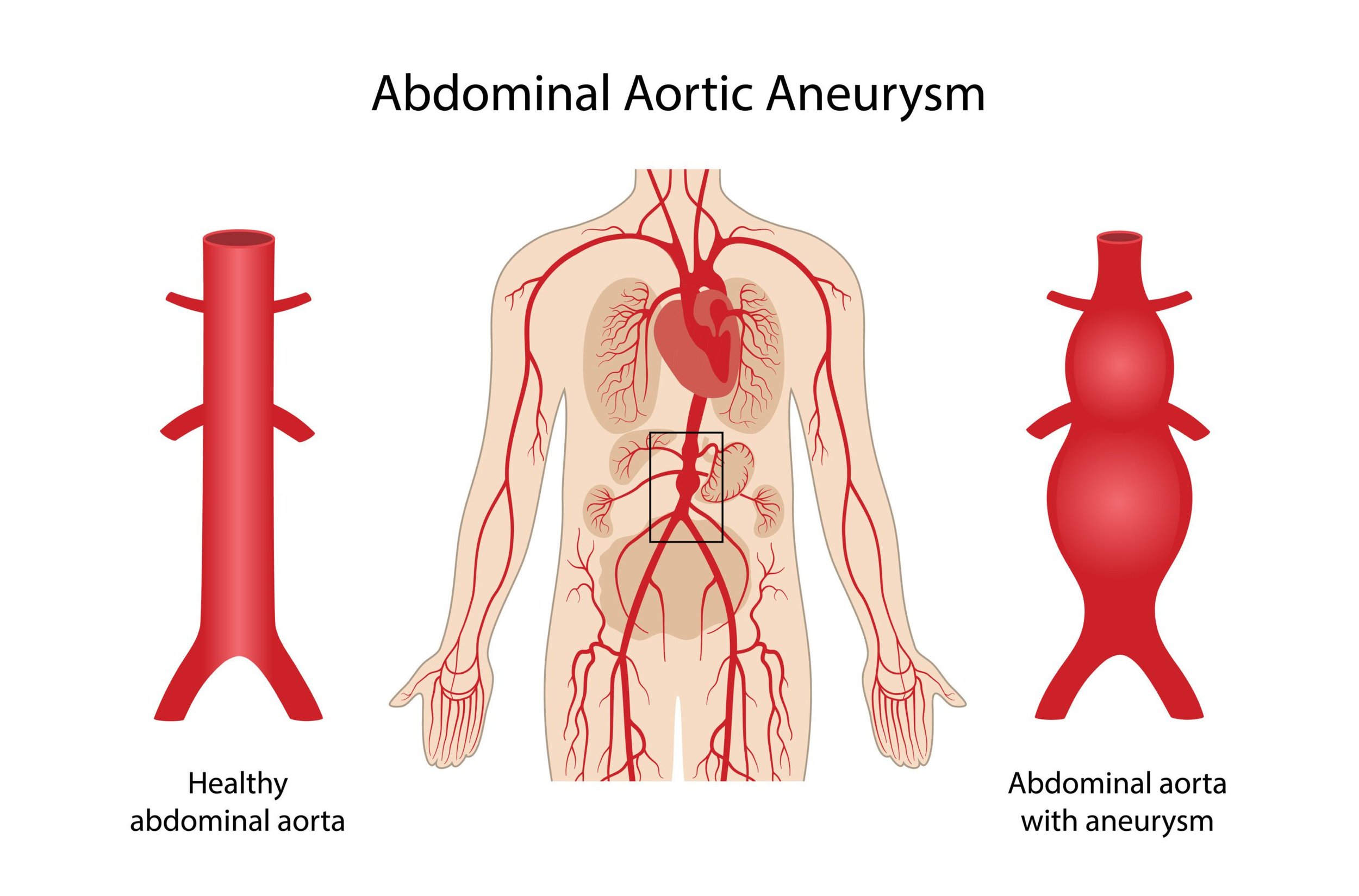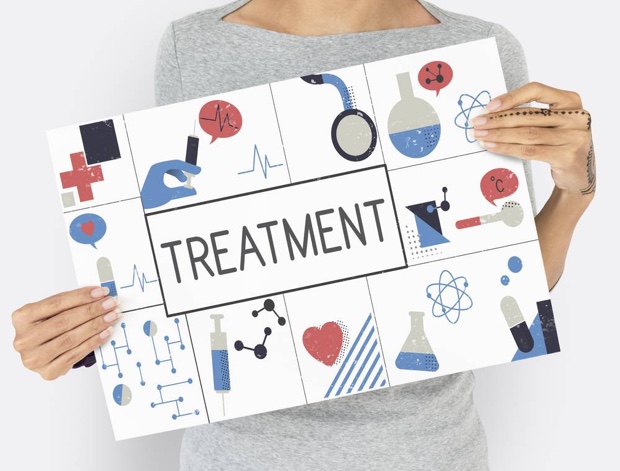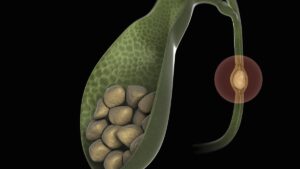Abdominal aortic aneurysm (AAA) is a potentially life-threatening condition that involves the enlargement of the lower part of the aorta, the major blood vessel that supplies blood to the body. In this article, we will delve into the causes, symptoms, and treatment options for abdominal aortic aneurysms, providing essential information for those seeking to understand this medical condition.
What is Abdominal Aortic Aneurysm?

Abdominal aortic aneurysm occurs when the walls of the aorta weaken and bulge, creating a balloon-like enlargement. This condition is often asymptomatic in its early stages, making regular screenings crucial for early detection.
Causes and Risk Factors

- Genetic Predisposition: A family history of abdominal aortic aneurysm increases the likelihood of developing the condition.
- Age: The risk of AAA rises with age, particularly among individuals over 60.
- Smoking: Cigarette smoking is a major risk factor, as it weakens the walls of the aorta over time.
- Gender: Men are more prone to abdominal aortic aneurysms than women.
- Atherosclerosis: The buildup of fatty deposits on artery walls (atherosclerosis) contributes to the weakening of the aortic walls.
- High Blood Pressure (Hypertension): Elevated blood pressure can strain the aorta, potentially leading to an aneurysm.
- Trauma or Injury: A history of abdominal trauma can increase the risk of aneurysm development.
- Infection or Inflammation: Infections and inflammatory conditions affecting the aorta can weaken its walls.
- Connective Tissue Disorders: Certain genetic disorders, like Marfan syndrome and Ehlers-Danlos syndrome, can predispose individuals to aneurysms.
- Cholesterol Levels: Elevated levels of cholesterol can contribute to the formation of aortic aneurysms.
Symptoms of Abdominal Aortic Aneurysm
- Abdominal Pain or Discomfort: Persistent, severe, or sudden abdominal pain, especially in the abdomen or lower back, may indicate an enlarging aneurysm.
- Pulsating Abdomen: A throbbing sensation in the abdomen, particularly when lying down, may be a sign of an enlarged aortic aneurysm.
- Tenderness or Swelling: Tenderness or swelling in the abdomen can be indicative of an underlying issue, including the potential presence of an aneurysm.
- Back Pain: Pain in the lower back, possibly radiating to the buttocks or legs, can be associated with an expanding abdominal aortic aneurysm.
- Digestive Issues: Aneurysms can exert pressure on the stomach or intestines, leading to symptoms such as nausea, vomiting, or changes in bowel habits.
- Shortness of Breath: If an aneurysm expands and puts pressure on the diaphragm or compresses the lungs, it may result in difficulty breathing.
- Lightheadedness or Syncope: In rare cases, a rapidly expanding aneurysm can impact blood flow, causing dizziness, lightheadedness, or even fainting.
Diagnosis and Screening

Early detection is key in managing abdominal aortic aneurysms effectively. This section will detail the diagnostic methods and screening techniques used by healthcare professionals to identify and monitor AAA, highlighting the significance of routine check-ups for individuals at risk.
Treatment Options

Treatment for abdominal aortic aneurysm depends on factors such as the aneurysm’s size, location, and the patient’s overall health. Surgical and non-surgical approaches exist, and this section will provide an overview of the available treatment options, emphasizing the importance of individualized care plans.
Lifestyle Changes and Prevention

In many cases, lifestyle modifications can help manage abdominal aortic aneurysms and reduce the risk of complications. This section will discuss dietary and lifestyle changes that individuals with AAA, or those at risk, can adopt to promote cardiovascular health and overall well-being.
Abdominal aortic aneurysm is a serious medical condition that requires attention and understanding. This article has explored the causes, symptoms, and treatment options associated with AAA, aiming to provide valuable information for individuals seeking insights into this potentially life-threatening condition. Regular screenings, awareness of risk factors, and prompt medical intervention are crucial in managing abdominal aortic aneurysms and improving overall cardiovascular health.




